Lucila Huanca, Peru
“I recommend miners formalize, because when we work in an orderly manner we can help to preserve nature”
Lucila Huanca
General Manager, Playa Marta Mining Concession
Mazuko, Madre de Dios, Peru
Lucila Huanca, General Manager of the Playa Marta Mining Concession in Madre de Dios, Peru, shares her experience as the leader of an artisanal gold mining operation in the Amazon, and her journey to become formalized.
Mazuko, Madre de Dios, Peru
How did you become involved in artisanal and small-scale gold mining (ASGM) in this area?
Like many in this area, I am not originally from Madre de Dios. I am from the city of Puno, in southeastern Peru. My husband and I arrived here more than 20 years ago, looking for new opportunities.
Once we settled, we began working in neighboring mining concessions. My parents did the same thing years earlier. Little by little we were able to capitalize and acquire our first motor to begin our own operation.
We’ve come a long way, and today, we have consolidated ourselves as formalized miners in Madre de Dios. Our alluvial mining concession employs 10 workers, who work with the appropriate conditions, in matters of extraction, and occupational health and hygiene.
What motivated you to formalize the operation? What was the process like?
Starting in mining requires investment, many times you don’t find minerals, and have to constantly keep investing regardless. We went through many challenges and didn’t always have the means to support ourselves, but we persevered.
Since my husband and I began working for somebody else, we understood the necessities that workers have, and that’s why we set the goal to formalize our operation. We have constantly adapted to the situation, and always with a growth mentality, which helped us.
The process to formalize was tedious, we presented all the supporting documents, followed the regulations, and registered in the Comprehensive Registry of Mining Formalization - REINFO.
Next, we presented to the local formalization authority the Environmental Management Instrument for Mining Formalization - IGAFON, which led to various field visits and that is how we managed to be granted the denomination of formalized miners by the Regional Directorate of Energy and Mines and Hydrocarbons.
Formalizing our operation helped us. For example, our company already has a Vision, Mission and a SWOT analysis, which helps us grow every day.
What advice would you give to other artisanal miners?
I recommend miners formalize, because when we work in an orderly manner we can help to preserve nature.
I also believe that the government can assist by providing facilities, not oppress us, and that way, incentivize the formalization of other operations.
Lucila and her husband, Juan Chaman
What do you think are the greatest opportunities for innovation for ASGM in Madre de Dios?
From what I have seen, there isn’t a lot of research in reference to a better vision of how ASM should operate in Madre de Dios. The technologies that we use today are the same as 15 years ago. Also, there is a lack of new studies regarding mining plans, reforestation, and prospecting plans, among other activities that could be implemented within ASM in Madre de Dios.
One of the greatest opportunities for innovation would be the generation of new technologies to promote mine closure plans, reforestation processes, capacity building to work with the miners to navigate the formalization process.
Generating information on good mining practices and milestones means miners would be able to use better methodologies and technologies within ASM activities in the future.
What excites you the most about the Artisanal Mining Grand Challenge: The Amazon?
What excites me the most about the Artisanal Mining Grand Challenge: The Amazon is the structural change that could be achieved within extractive activities - both social change and economic change, with the idea to propose clear and concise solution proposals to be able to make the change that we so much need.


